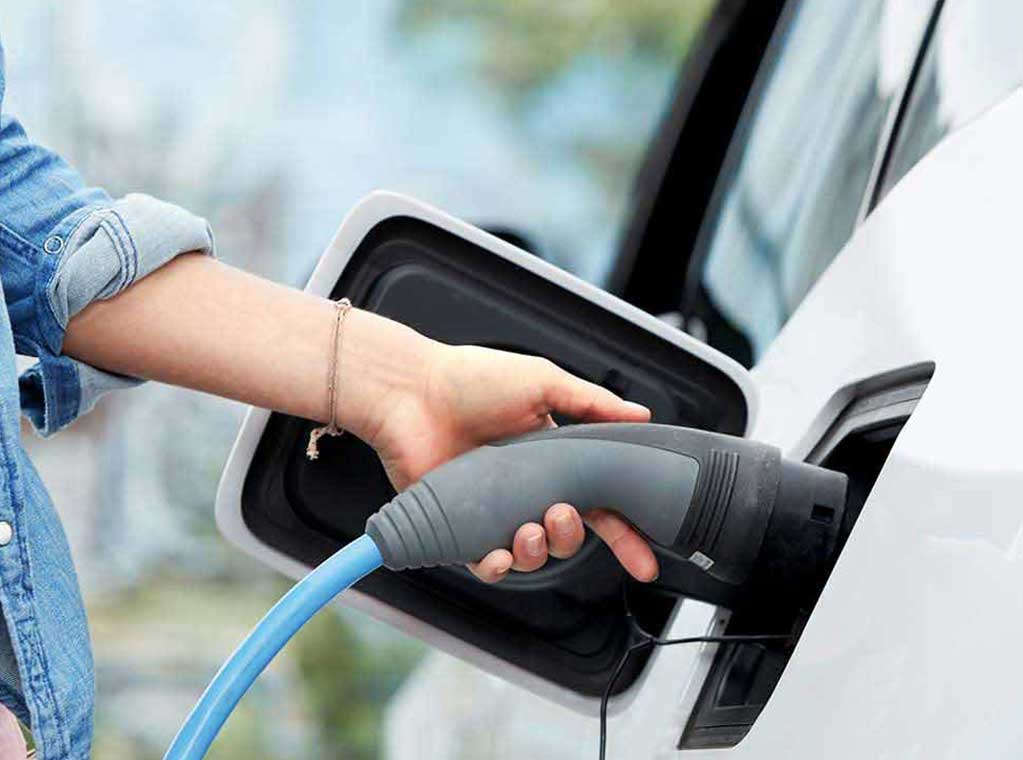With the increasing demand for electric vehicles (EVs), selecting the right charging cables is essential. Cable length, thickness, and other factors are critical regarding Type 2 charger cables. These determine efficiency, safety, charging, and more. In this article, you will learn about the importance and impact of cable size and thickness on charging efficiency. By understanding these considerations, EV users can make informed choices for the Type 2 charging cables that best suit their needs.
Understanding Type 2 Charging Cables
Jucer type 2 charging cables are commonly used in Europe to charge electric vehicles. These cables have a Type-2 connector, compatible with many EVs. They also feature a plug at the other end to connect to a charging station. Type 2 charger cables are compatible with both AC and DC charging.
Importance Cable Length
The length plays an important role in determining the usability and convenience of Type 2. Cable length is important for several reasons.
- Access to Charging Stations: Chargers can be placed at various distances, so ensuring your EV has a long enough cable ensures it can easily be connected to a charging point. Longer cables offer greater flexibility. They also allow EV owners to charge their vehicles from a charging station that is far away.
- Parking Space Considerations: If there are few or no parking spaces, a longer cord can be more flexible, allowing the EV user to approach the charging station using different angles. This is particularly helpful when the charging stations are in tight, hard-to-reach spots.
- Flexible Charging Locations: The advantage of longer cables is that they offer charging flexibility. This allows EV owners to park at various locations while being able to connect to nearby chargers. This is particularly helpful when multiple parking spaces share one charging point.
- Charge More Conveniently: The longer cable allows for easier charging, giving you more space to move around your vehicle when connecting and disconnecting the cables. This can be particularly helpful when charging under adverse weather conditions or at public chargers.
- Future-Proofing: Choosing a long charging cable allows you to future-proof your vehicle, as it is compatible with any potential changes in charging infrastructure. In an era where charging stations are expanding and evolving, having a longer cable allows EV users to adapt without needing additional cables.
Factors for Cable Length
Before deciding on the cable length needed for a Type-2 charging cable, you should consider the following factors:
- Charging Location: Assessing the location where your vehicle will typically be charged. Consider whether the charging will occur primarily in your home, work, public charging points, or a mix. This will help you determine the proper cable length to reach the charge point.
- Parking Space Configuration: Determine the parking space’s layout and the distance between it and the nearest charger. Make sure the chosen cable length can reach the charging point comfortably.
- Charging Scenarios: Choose a length of cable that is suitable for the charging scenario. If you want to have more flexibility when parking, it is better to use a cable with a greater length.
- Portability: If portability is a top priority, consider the convenience and ease of carrying a long cable. It may be difficult to manage longer cables, particularly if you have limited space in your car.
- Personal Preference: Individual preferences should also factor in. Some EVs may prefer to move freely with longer cables. Others may opt for compactness.



